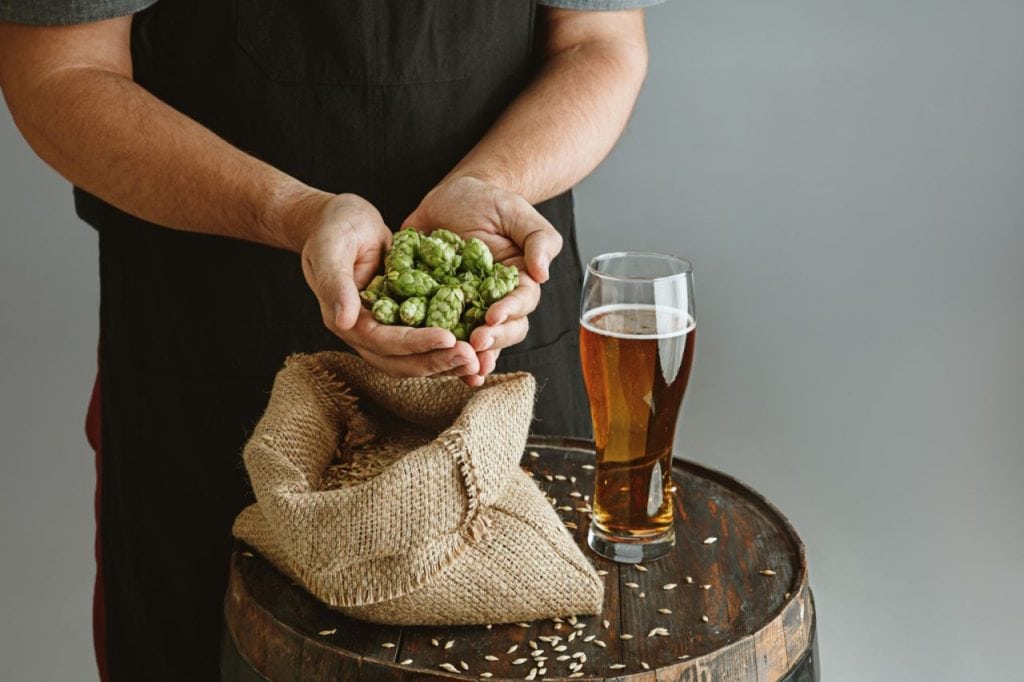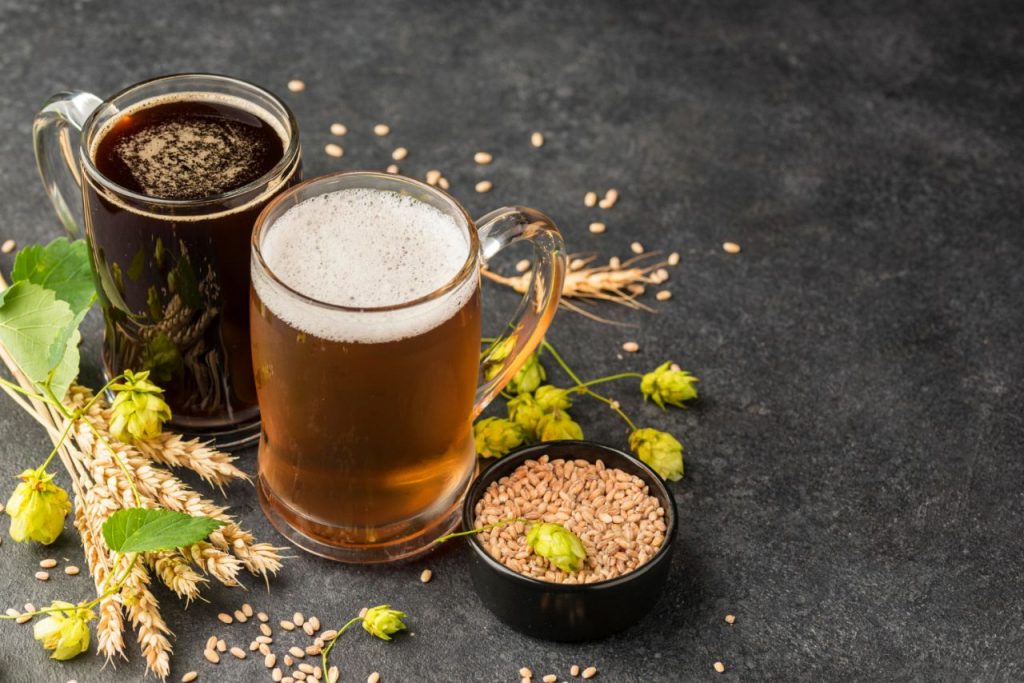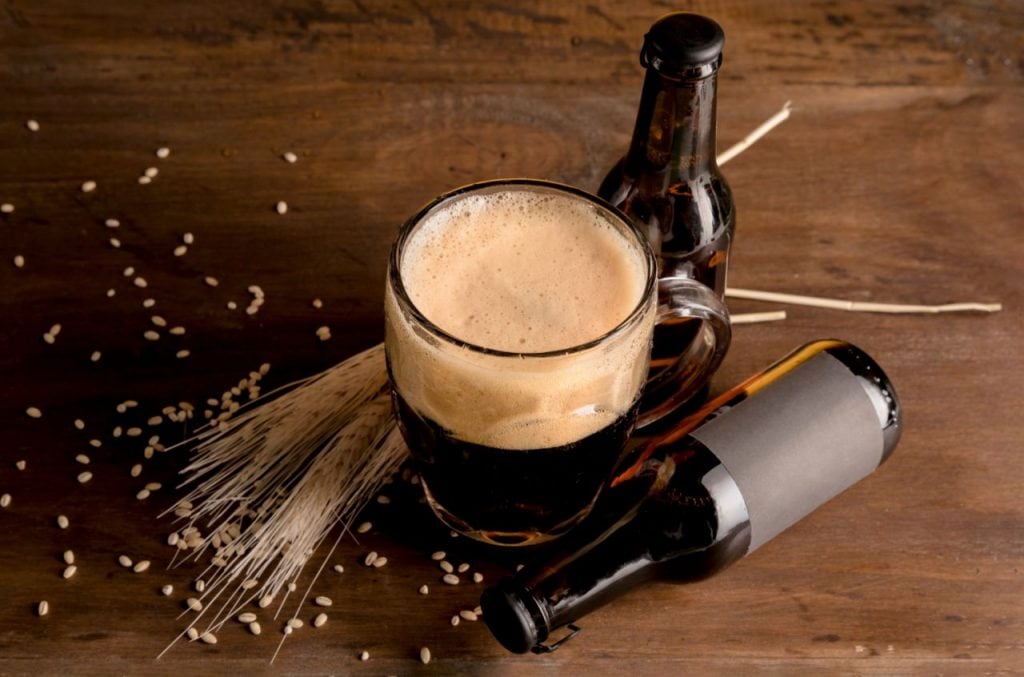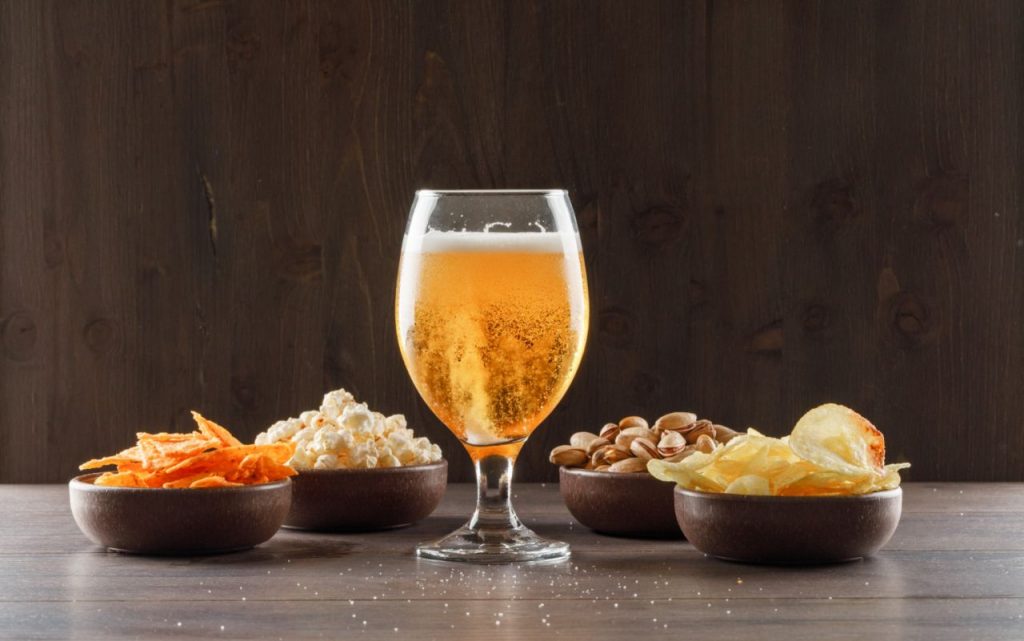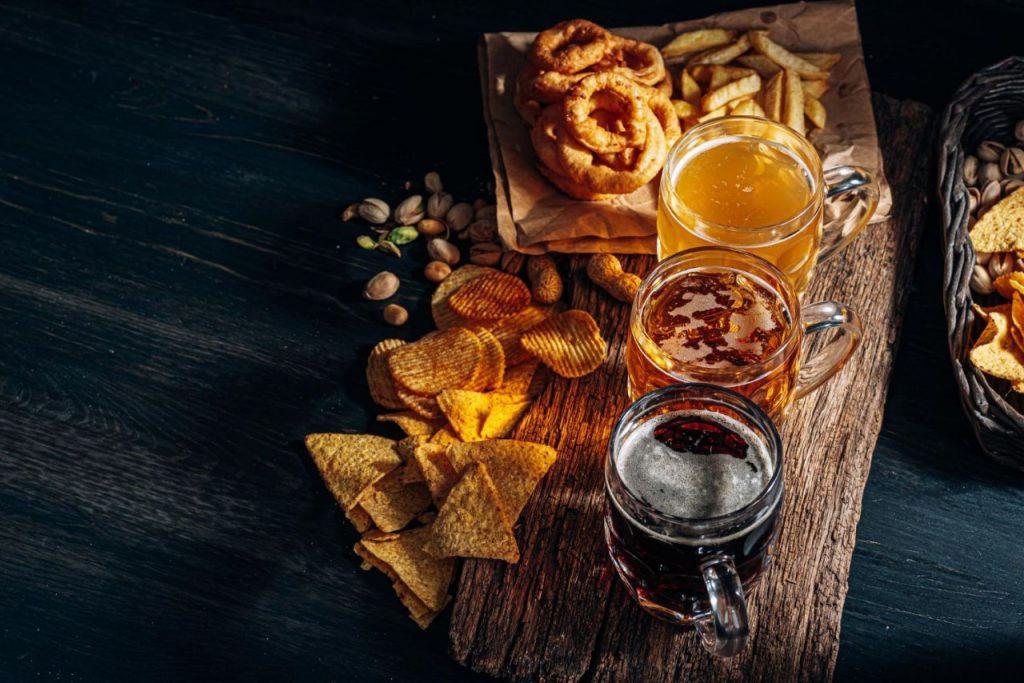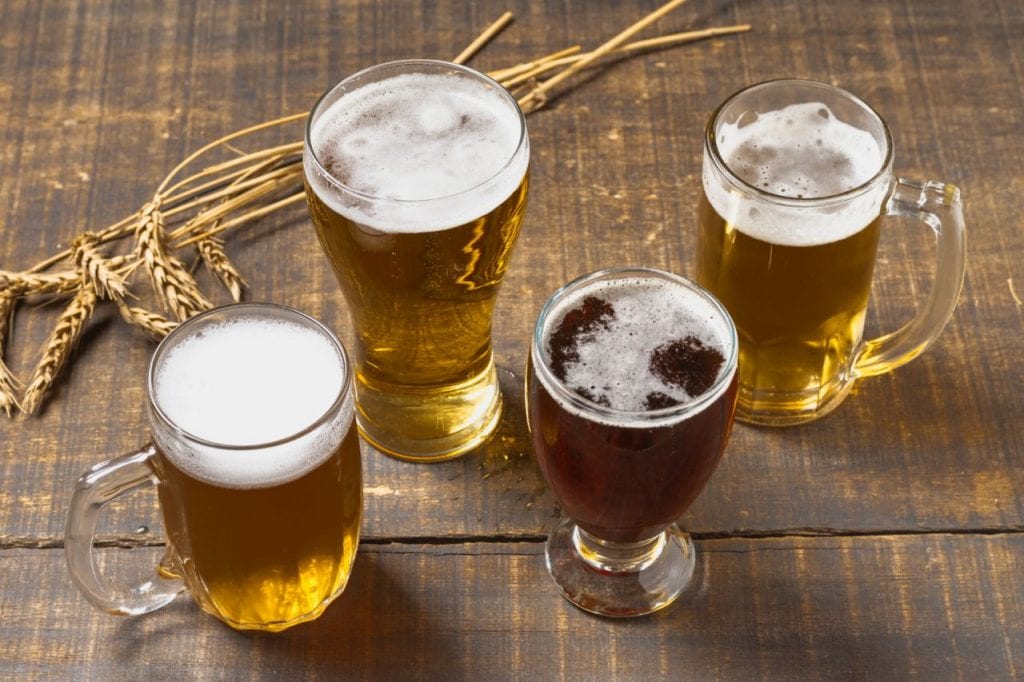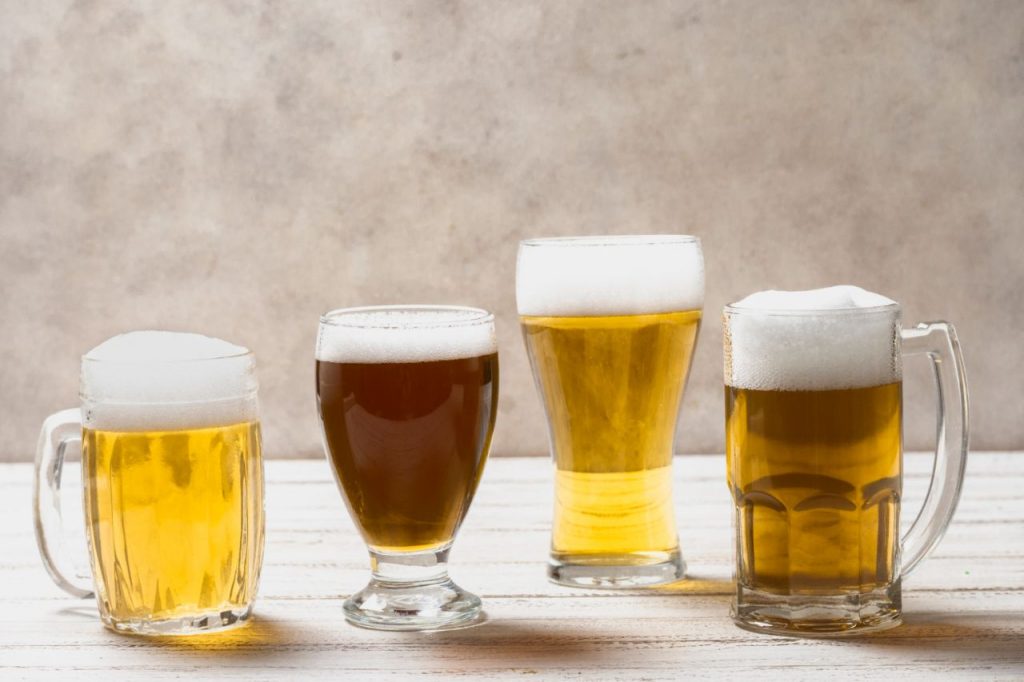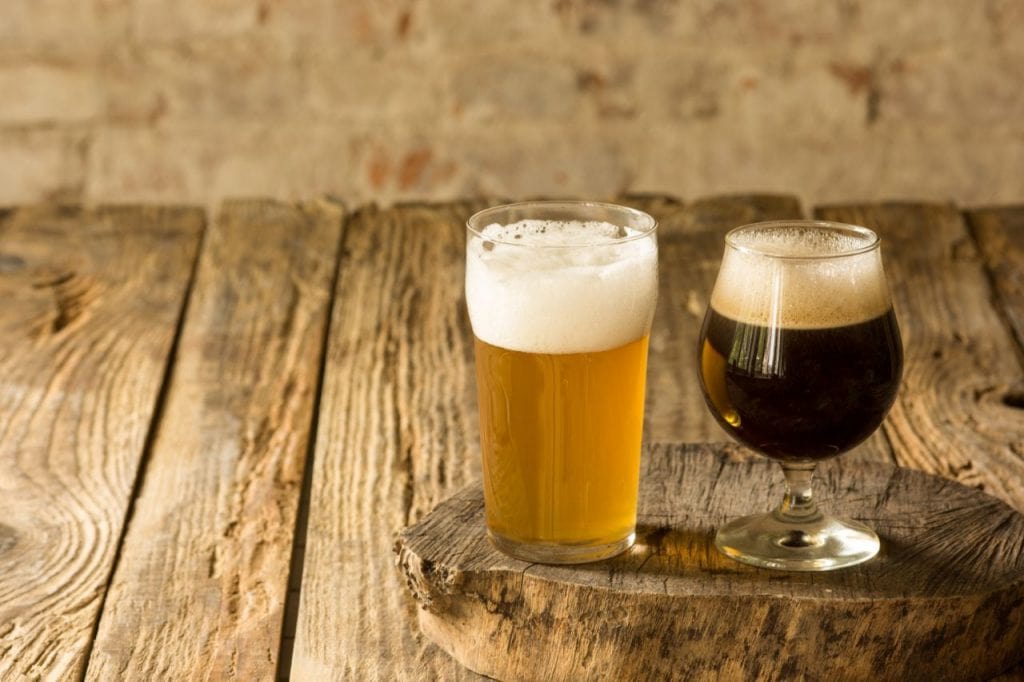The beginning of autumn is one of the nicest times of year for us brewers because the hops we cultivated all summer are now ripe and ready to be harvested. Beginning each year, we have numerous clients who choose to cultivate their hops. Hops grown from rhizomes typically need two years to produce a harvestable amount, but once harvesting begins, a little bit of know-how goes a long way.
All homebrewers may benefit from our resident hop master's advice on best harvesting and using fresh hops in their brewing. Brady has a genuine green thumb and over 15 years of experience cultivating, harvesting, and brewing fresh hops.
The fruits of the summer's labours have been reaped. Nothing beats the satisfaction of harvesting a crop you've nurtured for months. Hops are harvested towards the end of summer, marking a brief window of opportunity for brewers.
Hop blossoms provide bitterness and hoppy aromas to beer, and fresh hops, also known as wet hops, have not been dried. It's the same process for making beer with fresh hops as it is with dried hops. They are versatile and may be used at a variety of stages during the brewing process, including the boil, whirlpool, and dry hop. Because they haven't been dried, fresh hops are roughly five times heavier than regular dry hops. Because of this, a greater quantity of hops is required in every batch to obtain the same degree of bitterness, flavour, and fragrance.
This article will cover the basics of using fresh hops in your brew this autumn.
What Are Fresh Hops?
Dried hops, whole leaf and pelletized, are used by brewers all year. Hops have their fragrant characteristics and volatile oils preserved by drying them. Hops that have been dried have just 8-10% moisture, so they may be preserved for years without losing much of their flavour.
Conversely, freshly harvested hops have a short shelf life and should be utilised as soon as possible. Within 24 to 48 hours of being gathered, the hops are employed in the brewing process, at which point their moisture level drops to roughly 80%. These newly harvested hops are sticky, moist, and fragrant, also known as wet hops. Rapid deterioration is a common occurrence. The hop bloom swiftly turns from fresh to rotten and wet as it browns and rots.
Once hops are received, they should be utilised as quickly as feasible. Save them in the fridge in a sealed container if you need to wait a day.
The hop oils remain unaltered due to the hops' freshness. The hop oils are preserved in dried hops for a long time, although the most volatile oils are lost during the drying process. When you use wet hops, you receive all the resinous benefits without any of the impurities.
Beer hopped with fresh hops has a flavour that can't be achieved using dried hops. Still, you can count on the standard varietal-specific flavours, including citrus, flowery, or tropical fruit. In addition, the grassiness of fresh hops is delicious. Wet hops provide a variety of chlorophyll-related flavours, including newly cut grass, spice, and tobacco.
Freshness Is Everything
Since "the homebrew trade used a minuscule quantity of hops and, evidently, in the opinion of hop farmers and merchants, wasn't worth pursuing," he had trouble sourcing high-quality hops when he first began homebrewing, how things have changed.
Since the "hop crisis" of 2008, hop cultivation has recovered, making it simpler for commercial and amateur brewers to get locally produced hops or provide their own.
Wet hops immediately start to decay after they are picked due to the high water content of the cones; hence, growers often carry them straight from the field to breweries (or, in your case, the backyard to your brew setup). However, hops lose their flavour and quality if they aren't used quickly after harvest. Thus it's best to utilise wet hops as soon as possible (ideally, on the same day).

Where Can I Find Fresh Hops?
Hop farms
Hops are often collected the day before they are used in a brew so that they retain their full flavour and aroma. To get fresh hops, one must be in close proximity to a hop-producing area during the harvesting season. Depending on the climate where they are grown, hops are picked between the end of summer and the beginning of September.
Hop farms may be found in every corner of the globe, but the environment in each area will determine which varieties can be successfully cultivated there.
Crosby Hops, an Oregon hop farm, offers fresh hops for sale by the pound, with same-day or next-day delivery options. You may find the hop farm closest to you by doing a Google search and then calling them to see if you can get your hands on some fresh, wonderful hops.
How Should I Use Fresh Hops?
Hop oil analysis has not been conducted on fresh hops. Hence their precise oil concentration is unknown. Hops features fluctuate with every growing season and harvest. Bitterness estimates rely on estimated alpha acids, which must be calculated based on typical values for the given hop type. Fresh hops have not yet been dried, meaning water makes up most of their weight.
When compared to its dry counterpart, a wet hop is nearly five times heavier. Therefore, the same amount of bitterness or aromatics from wet hops would need 5 ounces of dry hops instead of 1.
Use fresh hops whenever possible during the brewing process. Fresh hops may be used in various brewing processes, from the mash to the dry hop. Bitterness may be added by adding dry hops to the brew at the beginning of the boil. You'll be able to gauge the bitterness more precisely, and you won't have to use any wet hops until the very end of the boil. The wet hops' taste and fragrance will improve if you do this.
Beer styles
Fresh hops shouldn't be used with every kind of beer. For example, wet hops aren't useful for low-hop beer styles like Helles. On the other hand, the chlorophyll and vegetal-like flavours given on by fresh hops may be too much for more delicate beer genres.
Styles of English beer that feature hops prominently, such as India Pale Ale, Mild, and Pale Ale, are ideal candidates for this treatment. You might also try several amber beers, brown ales, or American IPAs.
Beers brewed with fresh hops, as previously indicated, may taste somewhat grassy or green. This is not a flaw in beers that were brewed with fresh hops but rather a natural byproduct of the hopping process. Embrace the newness of this beer and savour the resinous bite of wet hops.
Life Cycle of Hops
Hops Before The Kettle
The hop's essential oils, which may make up as much as 4% of the cone, make it desirable. These oils develop in the hops in the weeks leading up to harvest and continue to shift in composition even after the hops have been dried and stored.
To support his claim that wet hops create distinct smell molecules than dry hops, he references a new study that records how radically essential oils alter in the days before hops are plucked. On the other hand, wet hops have not been the subject of any comparative research. This is not an in-depth scientific study of the brewing process. When a brewery only produces beer once a year, what's the point in spending money to analyse it?
Hops In The Boil
Hops are added to a brew during the boil when the high temperatures activate numerous components; however, this also causes some of the desirable essential oils to be lost. Dry hops with a measured alpha acid content are an option for brewers who wish to control the level of bitterness in their finished product. Hops should be added wet before flameout or during the whirlpool if you care about preserving oils like linalool and geraniol.
Hops In The Fermenter
Hop addition during fermentation has a mixed impact. Hop chemicals undergo bio-transformations when exposed to yeast, and these modifications may be detected in the final product. Wet-hopped beers should taste distinct for another reason. Try it out for yourself over a period of time. Twenty-four hours into fermentation, We notice a distinct green flavour in the beer I'm drinking. With time, the beer's oils become more apparent in their flavour and scent. Once again, this isn't a rigorous study of beer making.
Hops In The Bottle
Because we cannot and will not be able to purchase a centrifuge, most of my homebrew retains leftover pieces of hops, which causes a gradual decline in quality as time passes after packing. Poor oxygen control during the bottling process may also degrade the character of a hoppy brew. On the other hand, they previously brewed wet-hopped beers and kept their integrity when kegged or bottled. Maybe He drank them so fast because of how good they were, however.
Fresh Hop Tips
- Use a dry, neutral hop with a known alpha acid content for the bittering of your beer. You'll obtain a more consistent bitterness and have plenty of wet hops left over for subsequent use.
- The hops you may legally buy will likely be restricted according to where you reside. Perhaps you can get your hands on some authentic, locally grown Mosaic or Citra in the Pacific Northwest. Goldings and Cascade are two varieties that may be more common in cooler regions. Hops come in a wide variety. Therefore it's important to adapt your beer recipe accordingly.
- Wet hopped beers are best enjoyed while they are still cold and fresh.
- Make sure to use wet hops sparingly. New England India Pale Ales (NEIPAs) and similarly hop-heavy types aren't great candidates for brewing fresh hops because of the beer's potential to taste too vegetal.
- Fresh hops should be used in large quantities to get the desired flavour and aroma from your beer. A big mesh bag, such as a brew-in-a-bag-style polyester bag, is useful when working with fresh hops. At the conclusion of the boil, remove the bag and gently squeeze out the wort.
- Fresh hops may be used for dry hopping, although doing so may taint your beer. Bacteria may thrive on new hops because the fresh hop blossom may still contain tiny insects. Please put your mind at ease by steeping your fresh hops in the wort for 45 minutes after adding them at the swirling stage.
Why Waiting For Fresh Hops Is Worth It
It takes months of hard labour, hours of harvesting, and armouring against vicious bones to make just one or two beer kegs. The question then becomes, "Why?"
The hops she grows herself give her beer a flavour that can't be replicated any other way. In its dried form, Hop has a flavour like that of a ripe banana, as opposed to a banana chip or an unripe banana. A banana has some intelligence, but it's not quite right.
Working with a neighbourhood brewery to create a season was the pinnacle of his hop-growing career. The home is less than a mile from the brewery, so we are interested in working together on anything. Furthermore, We doubt there are very many pubs whose beer is brewed with hops grown within a mile of their downtown location.
Burrell's hop-growing arrangement has evolved over the years, beginning in pots on a balcony and progressing to the ground in his backyard. It's a simple and enjoyable activity. To showcase the unique flavour of his hops, he creates a special beer every year; some of his personal favourites are brewed in the autumn and pay homage to the "annual harvest" element of the ingredient. So far, we have had nothing but success on our own.
Conclusion
Hops from rhizomes need around two years to mature before being harvested. Hop flowers provide bitterness and distinctive hop scents to beer. Hops that haven't been dried are called "fresh" or "wet." They may be utilised at some different points in the brewing process, making them rather flexible. Hops are harvested around the end of August or the first of September.
The flavour and quality of dry hops deteriorate rapidly if they are not utilised soon after harvest. Freshly cut grass, spice, and tobacco are just some of the flavours that wet hops may impart due to the chlorophyll they contain. Most of a fresh hop's weight is water until they are dried. Estimated alpha acids are used to predict bitterness; they must be computed using typical values for the specified hop type. From the mash to the dry hop, fresh hops may be utilised in any step of the brewing process.
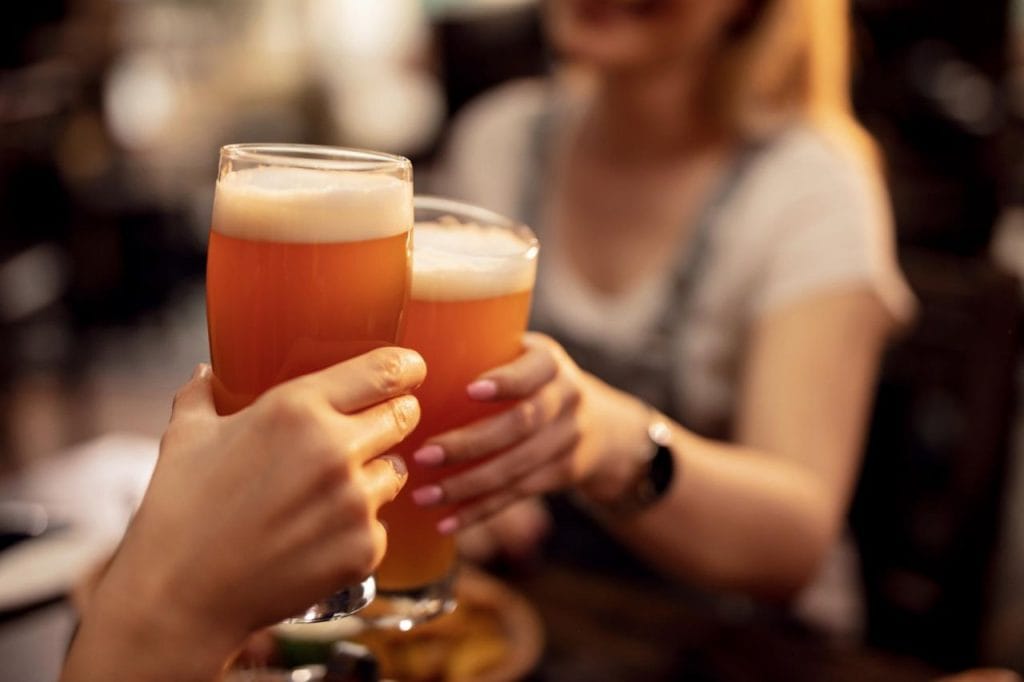
The aroma molecules released by wet hops are unique compared to those released from dry hops. To modify the bitterness in a beer, brewers may use dry hops with a known alpha acid concentration. Inadequate protection of a hoppy beer from oxygen during bottling may also diminish its quality. Beer's flavour and fragrance may be improved by using a lot of fresh hops. It is possible that where you live will have an impact on the hops you are able to purchase legally.
The Goldings and the Cascade types may be more frequent in colder climates. Using fresh hops while making a New England India Pale Ale (NEIPA) is not recommended. She uses the hops she plants herself, so the beer she makes has a unique flavour. Hop, unlike banana chips or unripe bananas, tastes like a fresh banana. Months of arduous work, hours of harvesting, and protection from violent bones are required.
Content Summary
- The beginning of autumn is one of the nicest times of year for us brewers because the hops we cultivated all summer are now ripe and ready to be harvested.
- All homebrewers may benefit from our resident hop master's advice on best harvesting and using fresh hops in their brewing.
- Brady has a genuine green thumb and over 15 years of experience cultivating, harvesting, and brewing fresh hops.
- Hops are harvested towards the end of summer, marking a brief window of opportunity for brewers.
- Hop blossoms provide bitterness and hoppy aromas to beer, and fresh hops, also known as wet hops, have not been dried.
- This article will cover the basics of using fresh hops in your brew this autumn.
- Conversely, freshly harvested hops have a short shelf life and should be utilised as soon as possible.
- When you use wet hops, you receive all the resinous benefits without any impurities.
- Beer hopped with fresh hops has a flavour that can't be achieved using dried hops.
- In addition, the grassiness of fresh hops is delicious.
- Since the "hop crisis" of 2008, hop cultivation has recovered, making it simpler for commercial and amateur brewers to get locally produced hops or provide their own.
- However, hops lose their flavour and quality if they aren't used quickly after harvest.
- Thus it's best to utilise wet hops as soon as possible (ideally, on the same day). Hop farm shops are often collected the day before they are used in a brew so that they retain their full flavour and aroma.
- To get fresh hops, one must be in close proximity to a hop-producing area during the harvesting season.
- Hop oil analysis has not been conducted on fresh hops.
- Therefore, the same amount of bitterness or aromatics from wet hops would need 5 ounces of dry hops instead of 1. Use fresh hops whenever possible during the brewing process.
- Fresh hops shouldn't be used with every kind of beer.
- For example, wet hops aren't useful for low-hop beer styles like Helles.
- This is not a flaw in beers that were brewed with fresh hops but rather a natural byproduct of the hopping process.
- Embrace the newness of this beer and savour the resinous bite of wet hops.
- To support his claim that wet hops create distinct smell molecules than dry hops, he references a new study that records how radically essential oils alter in the days before hops are plucked.
- On the other hand, wet hops have not been the subject of any comparative research.
- This is not an in-depth scientific study of the brewing process.
- Dry hops with a measured alpha acid content are an option for brewers who wish to control the level of bitterness in their finished product.
- Hops should be added wet before flameout or during the whirlpool if you care about preserving oils like linalool and geraniol.
- Hops In The FermenterHop addition during fermentation has a mixed impact.
- Wet-hopped beers should taste distinct for another reason.
- Try it out for yourself over a period of time.
- On the other hand, they previously brewed wet-hopped beers and kept their integrity when kegged or bottled.
- Fresh Hop TipsUse a dry, neutral hop with a known alpha acid content for the bittering of your beer.
- You'll obtain a more consistent bitterness and have plenty of wet hops left over for subsequent use.
- The hops you may legally buy will likely be restricted according to where you reside.
- Hops come in a wide variety.
- Fresh hops should be used in large quantities to get your beer's desired flavour and aroma.
- A big mesh bag, such as a brew-in-a-bag-style polyester bag, is useful when working with fresh hops.
- At the conclusion of the boil, remove the bag and gently squeeze out the wort.
- Fresh hops may be used for dry hopping, although doing so may taint your beer.
- Please put your mind at ease by steeping your fresh hops in the wort for 45 minutes after adding them at the swirling stage.
- In its dried form, Hop has a flavour like that of a ripe banana, unlike a banana chip or an unripe banana.
- Working with a neighbourhood brewery to create a season was the pinnacle of his hop-growing career.
- Burrell's hop-growing arrangement has evolved over the years, beginning in pots on a balcony and progressing to the ground in his backyard.
- To showcase the unique flavour of his hops, he creates a special beer every year; some of his favourites are brewed in the autumn and pay homage to the "annual harvest" element of the ingredient.
FAQs About Hops In Beer
What Is The Best Way To Use Hops In Beer?
Use fresh hops whenever possible during the brewing process. Fresh hops may be used in various brewing processes, from the mash to the dry hop. Bitterness may be added by adding dry hops to the brew at the beginning of the boil.
How Do You Add Hops To A Fermenter?
The alternative is to place a muslin bag with the hops inside the fermenter. But, again, we are not joking around. Hops wrapped in muslin fabric have their sediment trapped in the bag while their flavorful oils are released into the beer, resulting in a cleaner beverage.
What Are The Best Hops Substitutes For Home Brewing?
Since each beer has boundaries regarding what may be used, it is always exciting to experiment with new ingredients and combinations. Here are some of the greatest hops alternatives to use in your home brewing. When added to beer, rosemary, which has a bitter taste, takes on a faint, piney scent.
Are Hops Difficult To Grow?
Hops, the plant responsible for beer's distinctive flavour, is well-known and widely used. Once beer enthusiasts take home brewing, they start wondering how to cultivate their hops. If you are experienced in gardening, growing, tending, and harvesting, this plant shouldn't be too much of a challenge.
Is It Possible To Brew Beer Without Hops?
It is possible to brew beer without using hops. Gruit is the name for a kind of 'beer' that doesn't contain any hops. Instead, various botanicals are used in its production, including bitterness, antioxidants, and flavour. For example, the spruce beer of the Pacific Northwest is brewed with spruce tips instead of hops, while the sahti of Finland is flavoured with juniper berries and twigs.
Use fresh hops whenever possible during the brewing process. Fresh hops may be used in various brewing processes, from the mash to the dry hop. Bitterness may be added by adding dry hops to the brew at the beginning of the boil.
The alternative is to place a muslin bag with the hops inside the fermenter. But, again, we are not joking around. Hops wrapped in muslin fabric have their sediment trapped in the bag while their flavorful oils are released into the beer, resulting in a cleaner beverage.
Since each beer has boundaries regarding what may be used, it is always exciting to experiment with new ingredients and combinations. Here are some of the greatest hops alternatives to use in your home brewing. When added to beer, rosemary, which has a bitter taste, takes on a faint, piney scent.

